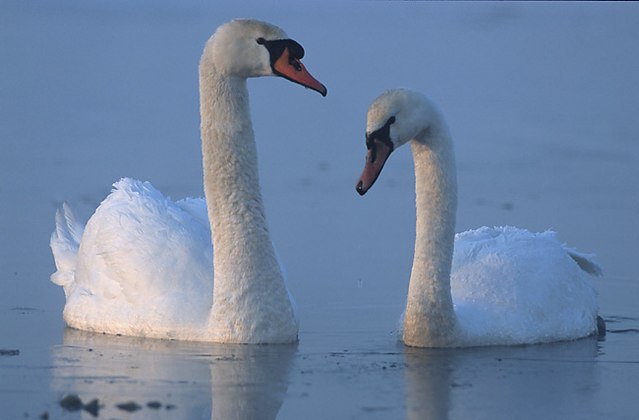The New Zealand swan is an extinct indigenous swan from the Chatham Islands and the South Island of New Zealand. Discovered as archaeological remains in 1889, it was originally considered a separate species from the Australian black swan because of its slightly larger bones, and swans not having been introduced to New Zealand until 1864. From 1998 until 2017, it was considered to be simply a New Zealand population of Cygnus atratus, until DNA recovered from fossil bones determined that it was indeed a separate species, much larger and heavier than its Australian relative.
New Zealand swan
Swans are birds of the genus Cygnus within the family Anatidae. The swans' closest relatives include the geese and ducks. Swans are grouped with the closely related geese in the subfamily Anserinae where they form the tribe Cygnini. Sometimes, they are considered a distinct subfamily, Cygninae.
Swan
An adult mute swan (Cygnus olor) with cygnets in Vrelo Bosne, Sarajevo, Bosnia and Herzegovina
A mute swan landing on water. Due to the size and weight of most swans, large areas of open land or water are required to successfully take off and land.
Whooper swans migrate from Iceland, Greenland, Scandinavia, and northern Russia to Europe, Central Asia, China, and Japan





